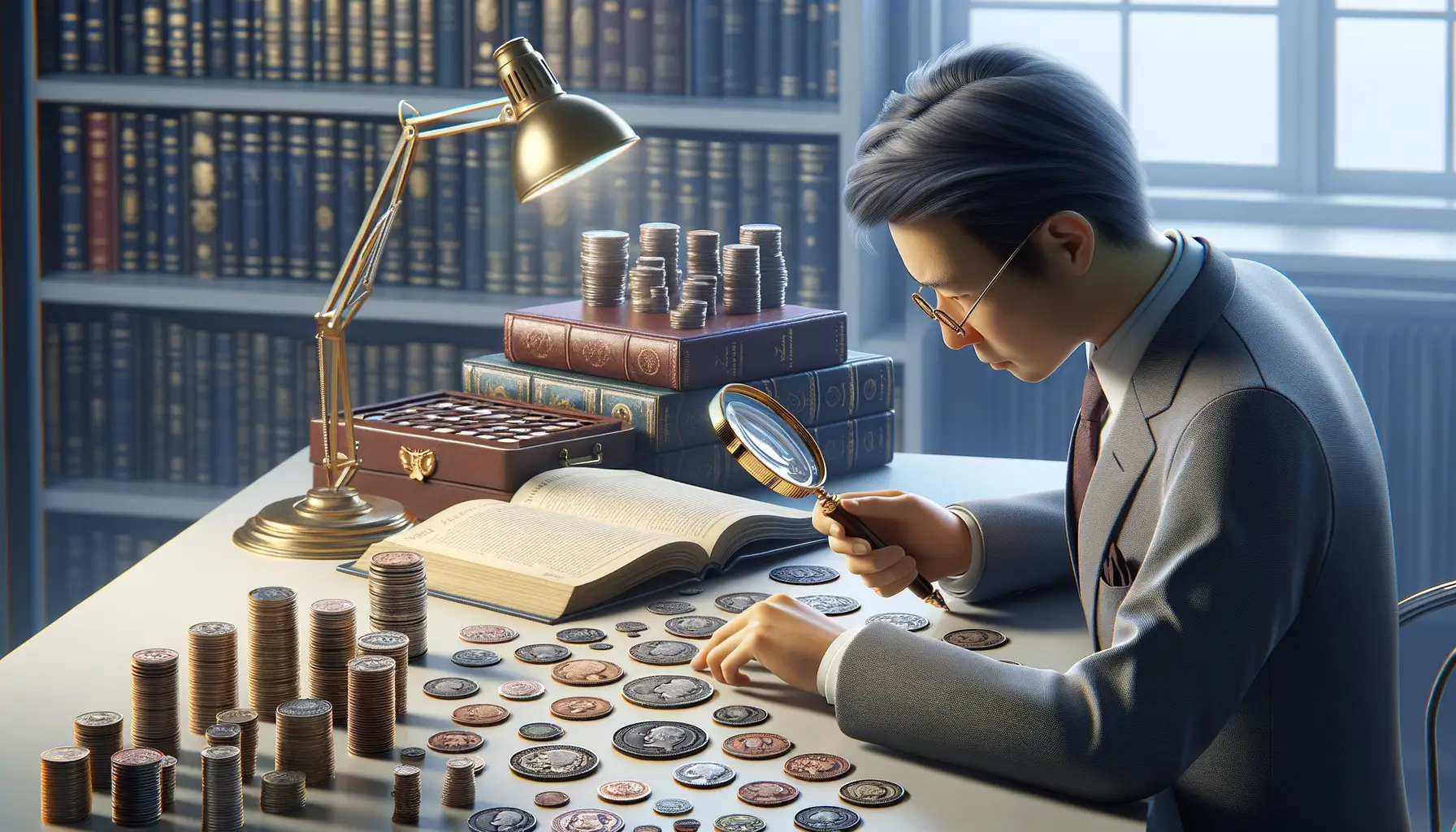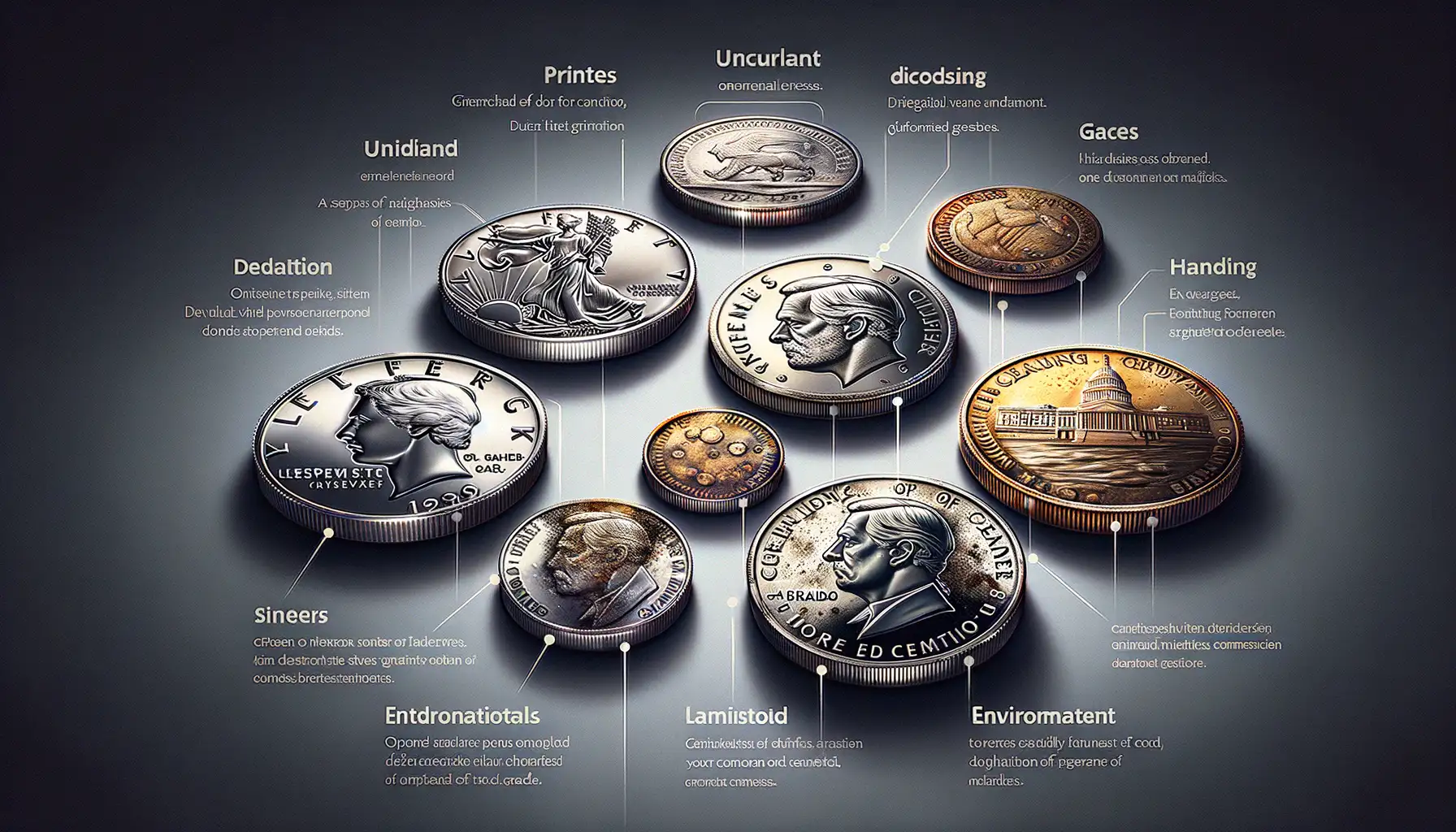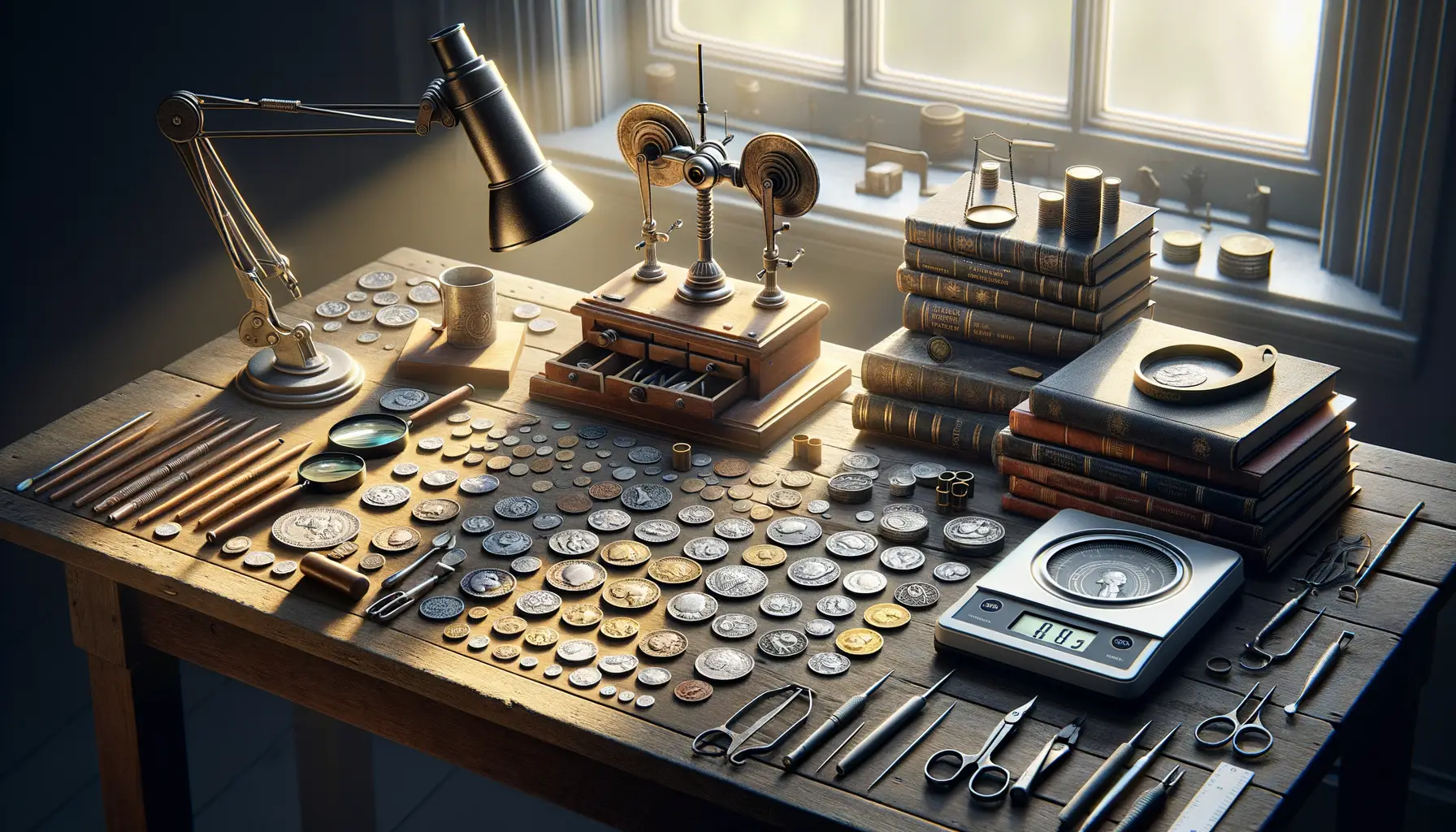Understanding Coin Grading Basics
Why Grading Coins Matters More Than You Think
Imagine holding a coin that gleams like a time capsule from history, its edges whispering tales of centuries gone by. That’s the magic of coin grading—it unlocks the story behind every piece. But it’s not just romantic; understanding coin grading is crucial to determining a coin’s value, rarity, and authenticity. Without it, that dusty dime sitting in your drawer might as well be pocket change—when in reality, it could fund your next vacation!
At its core, coin grading evaluates three factors: condition, appearance, and wear. Professionals use a scale ranging from Poor-1 (barely recognizable) to MS-70 (flawless perfection). Ever noticed those sharp, crisp details on some coins? That’s what gets collectors’ hearts pounding. On the other hand, scratches, discoloration, or even a worn-down date can lower a coin’s grade—and its price tag.
Breaking Down What “Grade” Really Means
Grading is more than eyeballing a coin and giving it a thumbs-up. Here’s a glimpse into what experts scrutinize:
- Strike: How well was the coin struck? A weak strike loses points.
- Surface: Scratches and blemishes—oh no! Perfect surfaces boost grades.
- Luster: That radiant glow? It’s a coin collector’s catnip.
- Eye Appeal: Sometimes, beauty really does count.
Learning these basics is like getting the secret handshake to the coin world. It’s less about jargon and more about training your eyes to appreciate the little things that bring a piece of history to life!
Steps to Grade Coins Accurately

Kickstart Your Coin Grading Process
Grading coins might feel a bit like decoding history locked in metal. But fear not—this process is as much about observation as it is about practice and passion. Here’s the roadmap to get you started:
- Begin with a clean and well-lit workspace. No one likes squinting at a coin under dim light! Make sure natural light or a bright LED lamp highlights every tiny detail.
- Handle your coin carefully. Always hold it by its edges to avoid smudging that pristine surface. If you’ve got gloves, wear them like the pro you aspire to be.
- Examine both sides meticulously. Flip it, rotate it, study its obverse (front) and reverse (back). Every scratch, dent, or shimmer holds the story of its grade.
Detecting Minute Details: Where Coins Speak
The magic happens in the details. Scrutinize fine lines, overall luster, and any signs of wear. Is that Liberty’s face slightly faded? Or are the eagle’s feathers razor-sharp? These little clues speak volumes. For better precision, don’t just rely on your eyes—use a high-quality magnifier (10x zoom is the sweet spot).
Still unsure? Compare your coin with trusted grading standards like the SHELDON scale. It’s your ultimate reference for deciphering everything from “Good” to that elusive “Mint State 70.”
Factors That Affect Coin Grading

The Role of Time and Environment
Every coin carries its own story, and the passage of time has a lot to say in that tale. For instance, the sheen of a silver coin might dull not because it’s any less valuable but because nature left its mark. Environmental factors like humidity, temperature, or exposure to harsh chemicals can tarnish, corrode, or discolor coins over time. Imagine leaving a copper penny on a windowsill for years—what starts as a bright shimmer may turn into a greenish patina. This is why professional collectors often keep their treasures in controlled environments.
And then, there’s circulation. Did the coin spend decades being passed from one pocket to another? Or did it rest quietly in a collector’s album, hardly touched? Coins with high levels of wear from circulation lose details, like the sharpness in Lady Liberty’s gown or the crisp edges of a mintmark.
- Storage method: Coins stored in plastic flips or albums fare better than those tossed into drawers.
- Cleaning attempts: That DIY scrub? It’s a major red flag for graders—it can damage the surface forever!
Human Perception vs. Objective Criteria
Ah, the human eye—a marvel and sometimes a challenge. A grader’s personal perception plays a role, even though there are set standards. Factors like lighting conditions or a grader’s experience level can influence their evaluation. For example, under soft lighting, tiny scratches might go unnoticed, but under a strong magnifier, they jump out like stars in a clear night sky.
Even professionals might debate whether a coin is “Almost Uncirculated” or “Brilliant Uncirculated.” Subtle differences, such as the luster of the metal or the exact depth of strike, make all the difference. While the guidelines are firm, there’s always a hint of subjectivity in the mix—because coins, much like art, evoke something personal in every observer.
Tools and Resources for Coin Grading

Essential Gadgets for Spotting the Details
Grading coins without the right tools is like trying to paint a masterpiece with a broom—possible, but far from ideal. To unlock a coin’s secrets, you need precision, clarity, and sometimes even a bit of magnification magic. Start with a reliable 10x loupe. This isn’t just a fancy magnifying glass—it’s your window into tiny imperfections, fine mint details, and those all-important luster lines.
Next up, a proper light source. Avoid harsh overhead bulbs; instead, go for a soft, adjustable lamp that reveals every subtle gradient of the coin’s surface. Trust me, under the right light, a coin’s story comes alive—and you’ll see wear marks you never spotted before.
Don’t forget about storage! A sturdy set of coin tongs keeps greasy fingerprints off valuable surfaces. And for accuracy nerds, a digital caliper measures thicknesses down to the millimeter, perfect for verifying authenticity.
- Grading Books: Physical guides like “The Official ANA Grading Standards” are indispensable for quick reference.
- Professional Software: Apps like PCGS Photograde add a modern twist with side-by-side grading comparisons.
Create Your Ideal Workspace
When grading, environment matters. Imagine this: a clean, clutter-free desk, soft lighting dancing on the coin’s surface, and zero interruptions. That’s where precision happens. Keep a white or neutral background handy—colors like deep reds or greens can skew your perception of toning.
And don’t be afraid to customize. Some collectors even use noise-canceling headphones to zone out distractions. The goal? Pure, uninterrupted focus on every scratch, rim, and reflection. After all, these coins aren’t just metal—they’re history captured in your hands.
Common Mistakes in Coin Grading and How to Avoid Them

Overlooking Small Details: The Devil’s in the Details
Grading coins isn’t just glancing at them and slapping on a label. One of the most common missteps is failing to notice the tiny nuances that can make or break a coin’s grade. Does your coin have faint scratches on the surface? What about wear on high points like Liberty’s cheek or an eagle’s wing? These subtleties can whisper secrets about a coin’s journey but are easily missed if you’re rushing or relying solely on your naked eye.
How to dodge this blunder? Use proper tools like a high-quality magnifying glass or a loupe with at least 10x magnification to reveal those hidden blemishes. And don’t forget lighting—it’s your best friend here. A strong, adjustable light source brings out texture and luster that might otherwise go unnoticed.
Letting Emotions Cloud Your Judgement
Yes, it’s tough. That silver dollar passed down from Grandpa feels priceless. But letting emotions steer your grading decisions opens the door to inconsistent results. For a collector, the heart says “MS70 all the way,” but the cold, hard truth might say EF40.
Avoid falling into this trap by adopting a disciplined approach:
- Compare. Always reference professionally graded examples for clarity.
- Document. Write your observations down—objectivity flows better through ink than memory.
- Step back. If you’re feeling attached, take a break. Return with fresh eyes.
Coin grading blends science and art. But like any masterpiece, distractions and shortcuts will only dilute the final result. Technique and patience win every time.
